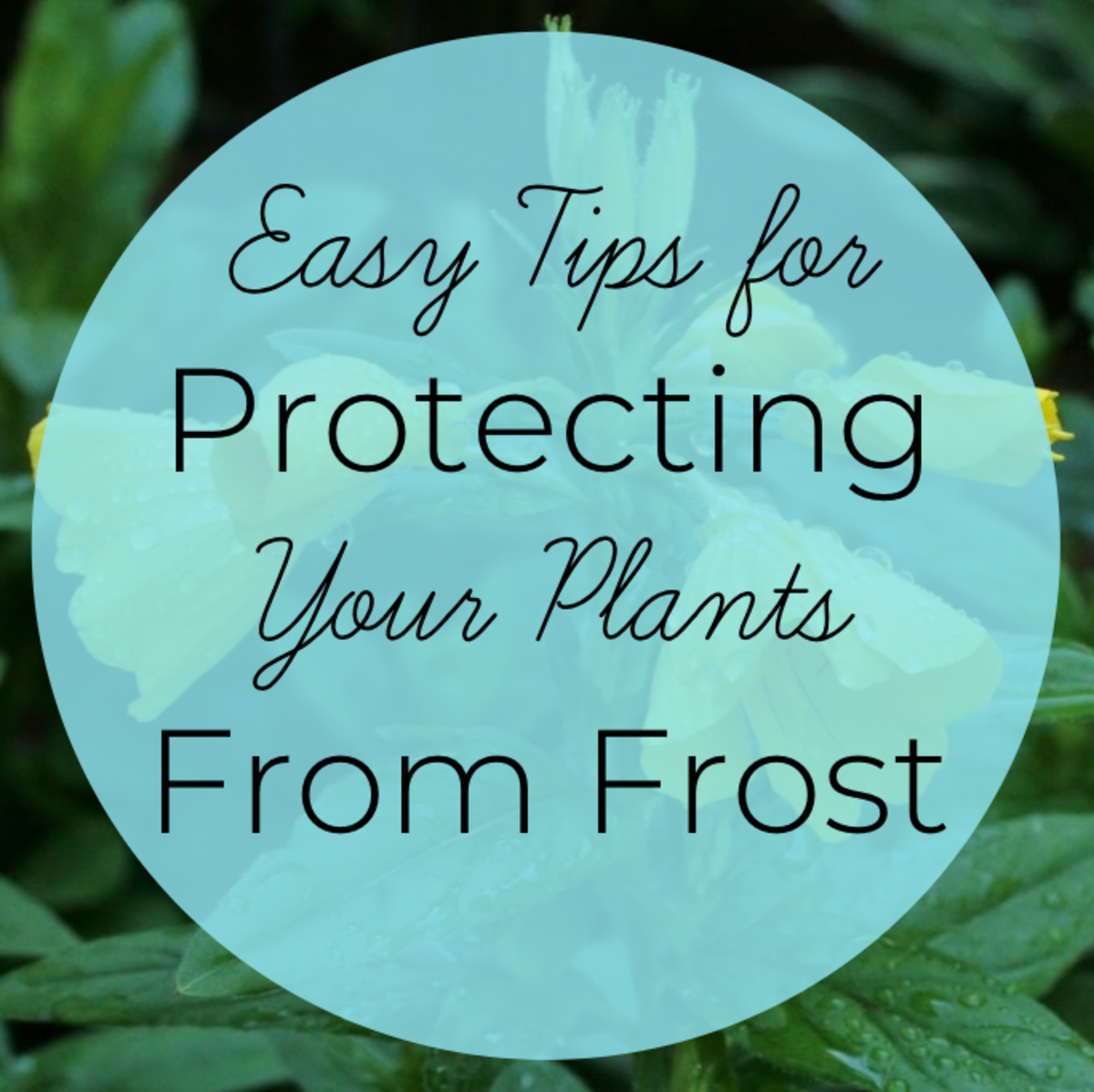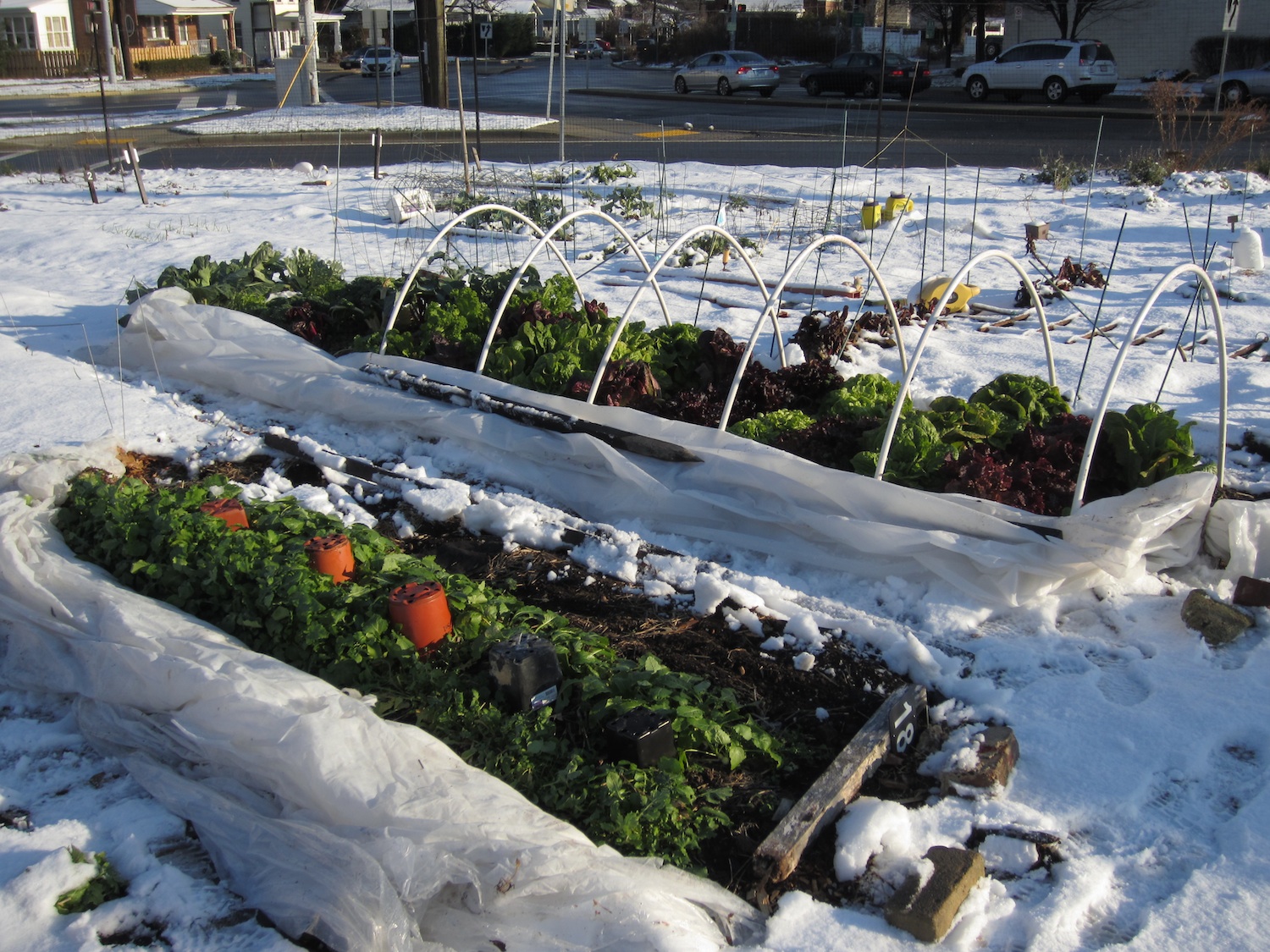How to Protect Plants from Frost: A Comprehensive Guide for Winter Gardening

As the chill of winter sets in, many gardeners find themselves in a battle against the elements. Frost, with its icy grip, can wreak havoc on your beloved plants. But fear not! With the right strategies and a bit of preparation, you can protect your plants from frost damage and ensure they thrive through the coldest months. Let's dive into the essential steps to safeguard your garden this winter.
Understanding Frost Damage
Frost damage occurs when the temperature drops below freezing, causing the water within plant cells to freeze and expand. This can lead to cell rupture and, ultimately, plant death. Recognizing the signs of frost damage is crucial. Look for wilted leaves, blackened or browned foliage, and a general lack of vigor.
Preparing Your Garden for Winter
Choosing Cold-Hardy Plants
One of the best ways to protect your garden from frost is to choose plants that are naturally resilient to cold temperatures. Cold-hardy plants, such as evergreens, conifers, and certain perennials, are bred to withstand the harshest conditions. Researching and selecting these varieties can save you a lot of effort in the long run.
Timing Your Planting
Timing is everything when it comes to winter gardening. Planting too early or too late can expose your plants to unnecessary risks. Aim to plant during the recommended season for your region to give your plants the best chance of survival.
Protecting Plants with Insulation
Using Plant Covers
Plant covers are an effective way to shield your plants from frost. These can range from simple sheets to specialized frost blankets. The key is to ensure the cover reaches the ground, trapping warm air around the plant. Remember to remove the cover during the day to allow sunlight and air circulation.
Mulching for Insulation
Mulch acts as a natural insulator, protecting the roots of your plants from frost. Apply a thick layer of organic mulch, such as straw, wood chips, or pine needles, around the base of your plants. This not only insulates but also retains moisture and suppresses weeds.
Additional Frost Protection Techniques
Watering Before a Frost
Watering your plants before a frost might seem counterintuitive, but it can actually help. Moist soil retains heat better than dry soil, providing an extra layer of protection. Just be sure not to overwater, as soggy soil can lead to other issues.
Using Heat Sources
For particularly vulnerable plants, consider using heat sources like incandescent lights or heat lamps. These can provide a gentle warmth that keeps frost at bay. However, use them sparingly and with caution to avoid overheating or fire risks.
Post-Frost Care
Assessing Damage
After a frost, it's important to assess the damage. Look for signs of frost burn, such as blackened leaves or wilted stems. Prune away any damaged parts to prevent the spread of disease and encourage new growth.
Providing Support
Plants that have been affected by frost may need extra support. Stake or tie up any drooping stems to help the plant recover. Providing adequate water and nutrients can also aid in the recovery process.
Conclusion
Protecting your plants from frost is a crucial aspect of winter gardening. By understanding frost damage, choosing cold-hardy plants, using insulation techniques, and providing post-frost care, you can ensure your garden thrives even in the coldest months. Remember, preparation is key. With the right strategies, you can keep your plants healthy and vibrant all year round.

FAQs
1. What are the signs of frost damage on plants?
Frost damage can manifest in various ways, including wilted leaves, blackened or browned foliage, and a general lack of vigor. It's important to inspect your plants regularly during the winter months to catch any signs early.
2. How do plant covers help protect against frost?
Plant covers create a barrier that traps warm air around the plant, insulating it from the cold. They should reach the ground to be most effective and should be removed during the day to allow for sunlight and air circulation.
3. Why is mulching beneficial for frost protection?
Mulch acts as a natural insulator, protecting the roots of your plants from frost. It also retains moisture and suppresses weeds, providing multiple benefits for your garden.
4. Can watering before a frost help protect plants?
Yes, watering before a frost can help. Moist soil retains heat better than dry soil, providing an extra layer of protection. Just be sure not to overwater, as soggy soil can lead to other issues.
5. What should I do if my plants show signs of frost damage?
If your plants show signs of frost damage, assess the extent of the damage and prune away any affected parts to prevent the spread of disease. Provide extra support, water, and nutrients to aid in the recovery process.

By following these tips and strategies, you can protect your plants from frost and enjoy a thriving garden even in the coldest months. Happy gardening!
0 Response to "How to Protect Plants from Frost: A Comprehensive Guide for Winter Gardening"
Post a Comment